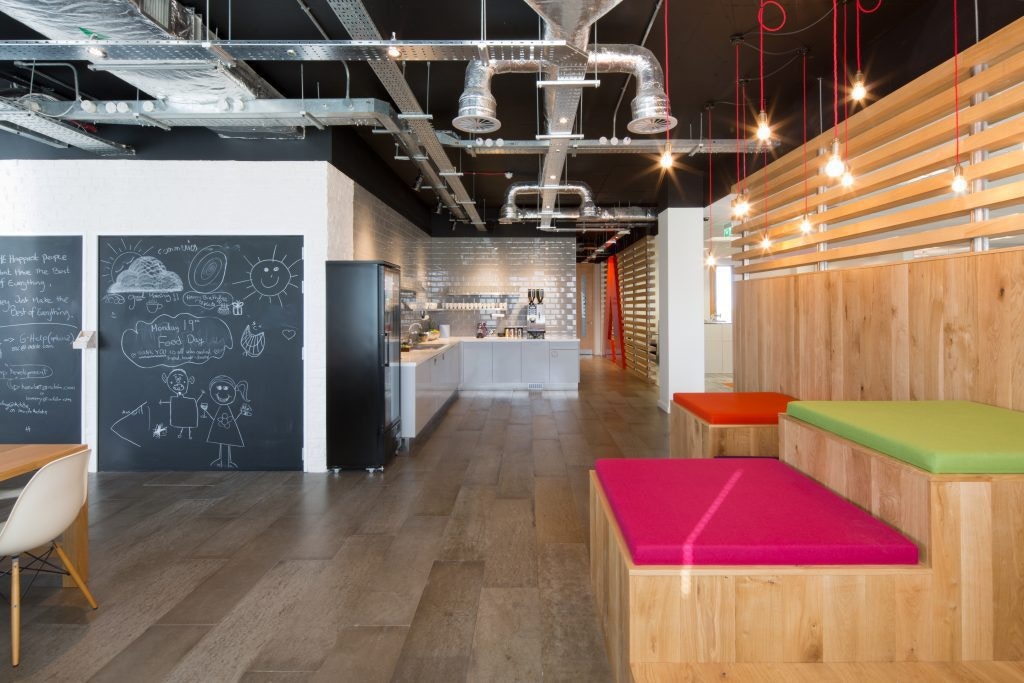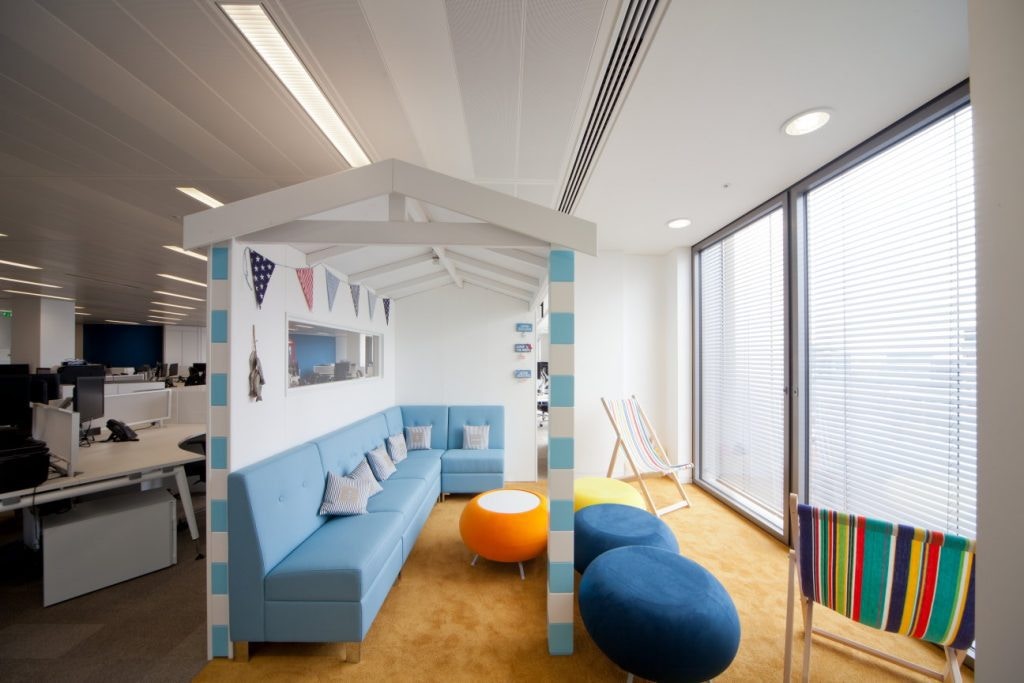For many of us, the office is where we spend most of our week. A home from home where, as well as working, we eat, drink, chat with friends, catch up on the news and even fit in a bit of online shopping.
Of course, this has now become a standard in the post-pandemic world with hybrid working becoming the norm (see our office design trends in 2021 report). It’s little wonder then that many companies are now taking inspiration from home interiors when it comes to designing their office spaces. There’s more to it than a coat of paint and the odd pot plant though. By creating a more pleasant work environment, studies have shown that employees are happier, healthier and more productive. It’s also easier to attract and retain the best talent, which can help boost the bottom line. So what can we learn from our homes?
A place for everything
Homes are divided into distinct spaces – a kitchen for preparing and eating meals, a bedroom for resting, a living room for relaxing and socialising, and so on. So why should an office be any different? During the course of a day, you’re likely to need somewhere to work, somewhere to meet and talk to colleagues and somewhere to eat. That’s why more and more companies are introducing greater variety within their office spaces. Think breakout areas for a quick catch-up, work pods for peace and quiet, separate kitchens for more sociable lunches and even deckchairs and beach huts to inspire creativity.
To give the Adobe team in Dublin plenty of choice when it came to where they worked, we made space for comfy sofas, set up work pods and created a mix of cosy booths and communal tables in the kitchen area.


